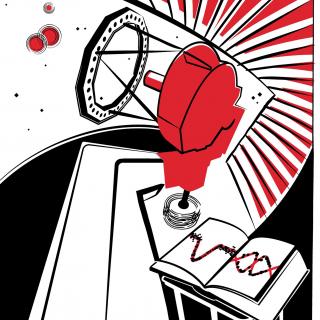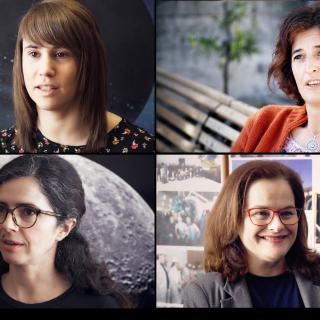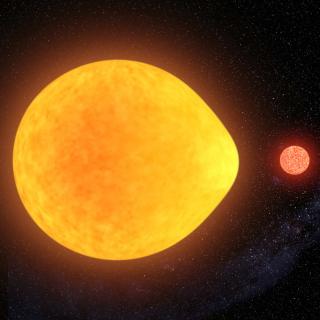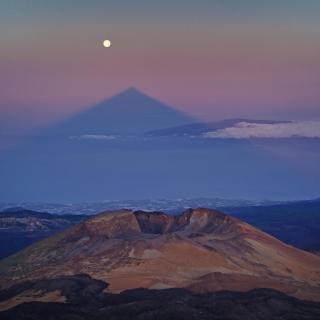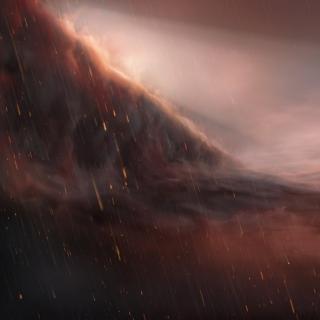
Nature magazine is publishing today a surprising study about the giant, ultra-hot planet WASP-76b in which researchers from the Instituto de Astrofísica de Canarias (IAC) have taken part. This exoplanet, 390 light years away towards the constellation Pisces, has days when its surface temperatures exceed 2,400 Celsius, sufficiently hot to evaporate metals. Its nights, with strong winds, cool down the iron vapour so that it condenses into drops of iron. This is the first result with the high resolution spectrograph ESPRESSO, an instrument co-directed by the IAC and installed on teh Very Large
Advertised on
